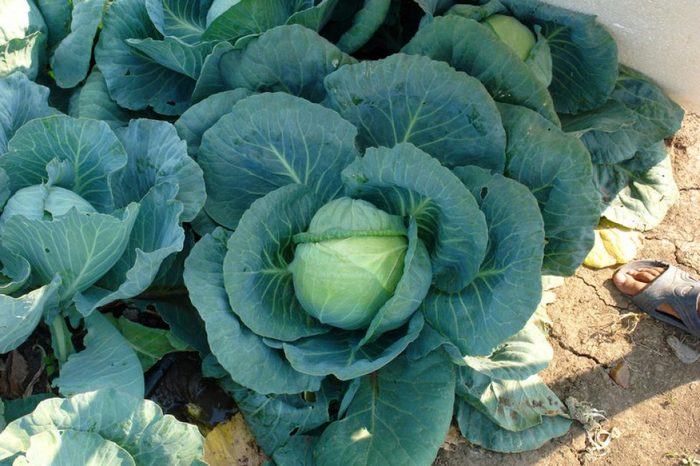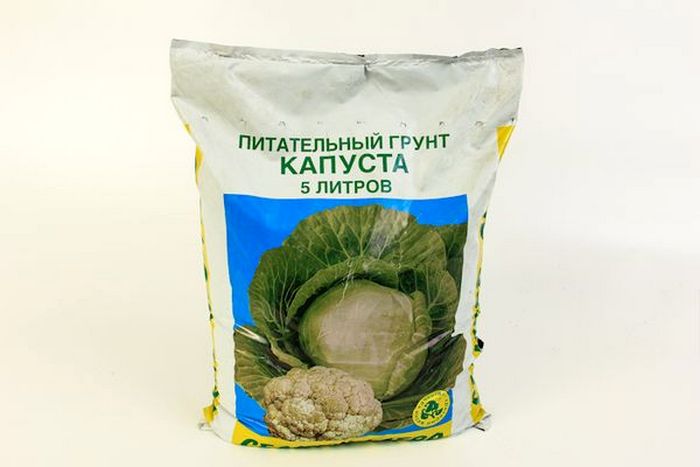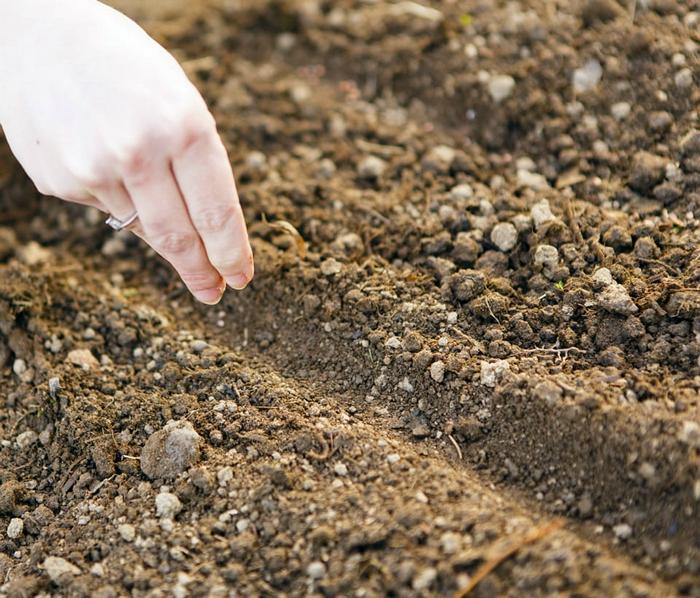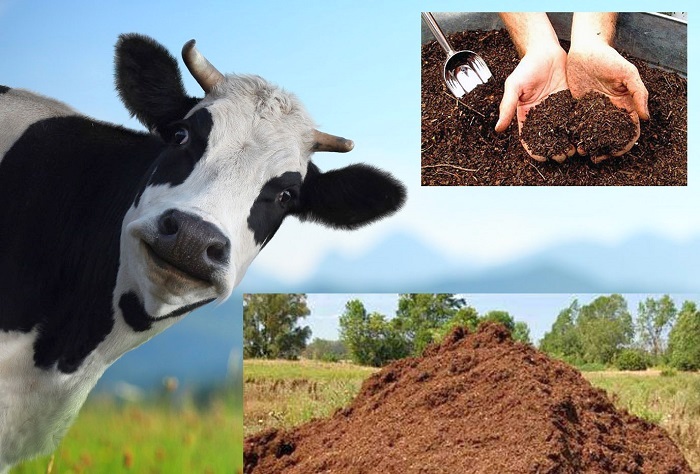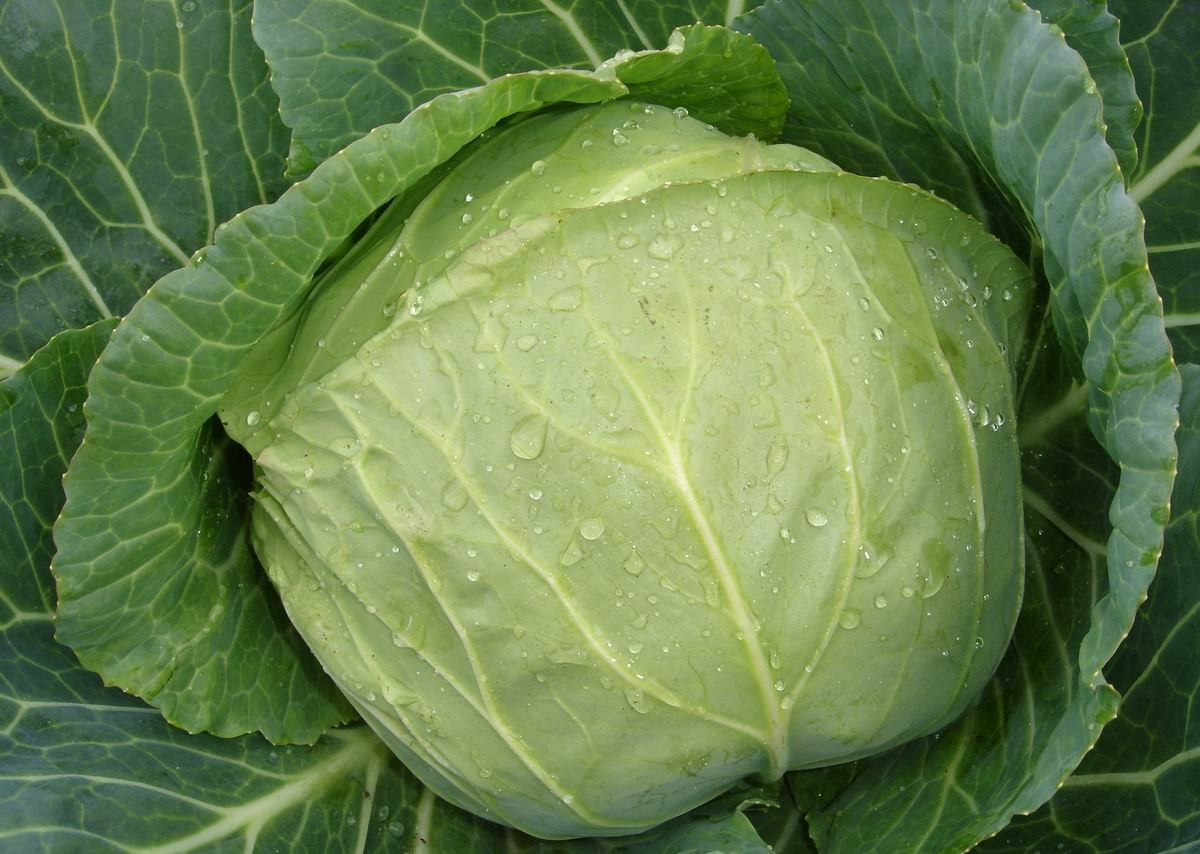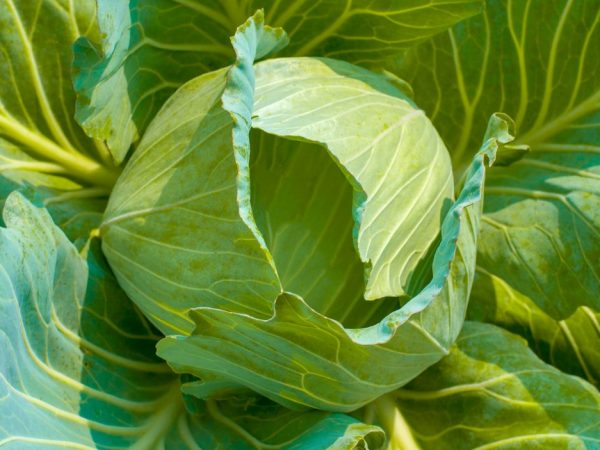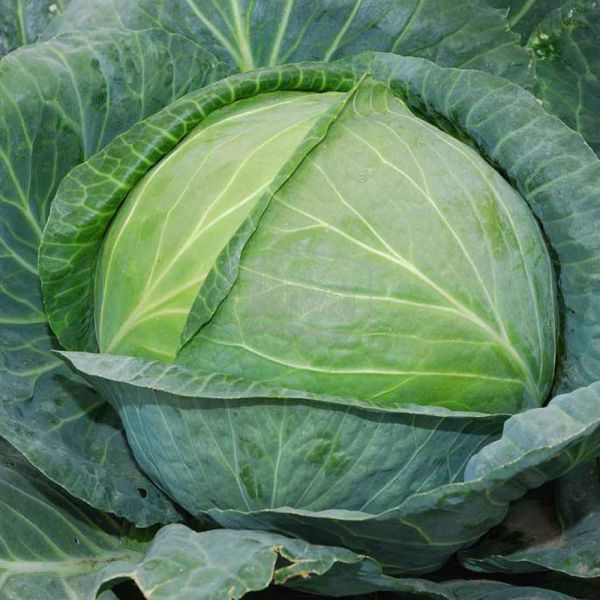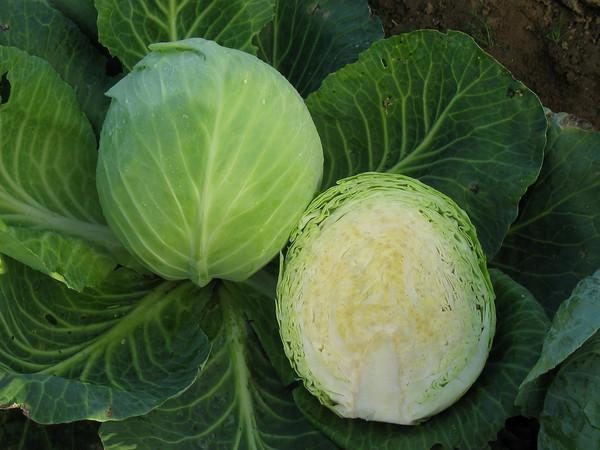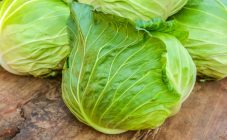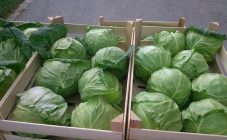White cabbage is good in any form. They love to add it to salads, cook, stew, and more. You just need to correctly determine the variety. This is not an easy task. After all, the range is increasing every year. In order not to be trapped, it is necessary to study all the features of the varieties. For example, Tobia f today is widely popular with many housewives for its unique taste and inimitable properties.
The variety is derived from the experience of Dutch breeders. Since 2005, it has been listed in the State Register of the Russian Federation and recommended for cultivation on private plots and on an industrial scale. It is used in almost every region of the country.
Characteristics and description of the variety
The hybrid is considered early maturing. Cabbage ripens 90 days after sprouting.
The head of cabbage is small, located not high from the ground. This suggests that all nutrients from the soil are more likely to enter the forks.
The upper leaves are dense and slightly bumpy, have a waxy coating and a dark green color. A wave is barely visible at the edges. The veins are light and well visible, but not rigid.
If the cabbage has reached maturity, then on the cut you will not see the gaps between the leaves, so tightly they adhere to each other. The head of cabbage in the middle will acquire a white or slightly yellowish tint.
Many summer residents claim that cabbage grows up to 5 kg in weight. With good care you can get heavier forks.
Agrotechnics
The hybrid is grown through seedlings. If sowing is carried out at different times, you can harvest from June to September. But generally it is recommended to sow in early April.
First of all, you need to prepare the ground. This variety prefers loose soil rich in micronutrients. You can buy ready-made soil in the store or make yourself. To do this, add compost, peat and humus to the turf. Then the earth should be calcined in the oven and disinfected with potassium permanganate. Further, the mixture is packaged in boxes, cassettes and containers. The main requirement for the container is a side height of at least 6 cm. It is advisable to give the ground a rest for 2 weeks. During this time, beneficial microorganisms will have time to multiply in it.
The next step is to prepare the seeds. To ensure good germination, the seed must first be sorted out. After the low-quality seeds have been discarded, you can start hardening the remaining seeds. To do this, they must be wrapped with gauze and immersed in water, heated to about 50 degrees, for 20 minutes. Then cool and disinfect with manganese solution. The procedure should be carried out no longer than 15 minutes. Then rinse with clean water and wrap with gauze again. Put in the refrigerator for a day. This time is enough for the roots to appear. Now it's time to sow the seeds.
This can be done both in separate containers and in a general one. But in the latter case, one cannot do without a subsequent pick.
In this case, the seeds are deepened by a centimeter, leaving a distance in the furrow of about 3 cm. Then they are covered with polyethylene or glass to create greenhouse conditions. Seeds will sprout faster if the temperature is kept at around 21 degrees. But then it needs to be reduced to 10 degrees, otherwise the seedlings will be greatly extended.
When the seedlings become more or less the same, they grow up a little, they need a humid and slightly warmer environment.
A much more convenient way of growing is without diving. It does not injure delicate roots, which means that plants take root easier during transplantation. The only downside is that you will have to spend more seeds. It takes about 2-3 pieces for one glass. After they ascend, the fittest will survive.
After 40 days, the seedlings will get stronger. 6 full sheets will be formed. This means it's time to transplant the cabbage to a permanent place.
It is important to properly prepare the ground. In acidic soil, the culture feels uncomfortable. Therefore, it is advisable to play it safe and apply a few fertilizers. Be sure to use humus, compost, potassium, lime or wood ash. The area must be well lit, otherwise the structure of the cabbage will be loose. The best precursors to use are onions, legumes, cucumbers, tomatoes, and carrots.
First, holes are prepared, 50x40 cm in size. This will allow spreading plants to extend the ripening period.
Many summer residents note that Tobia cabbage is completely undemanding to care for. All that is needed is to provide the plant with sufficient moisture, weed and feed on time. Moreover, you need to water it first under the leaves, and when the head of cabbage is formed, over it.
As for feeding, it is better to use natural ingredients. Cow dung, bird droppings, wood ash, and rotted grass are considered indispensable fertilizers. Moreover, these compositions will be most effective if they are introduced, combined with watering.
The varietal feature is resistance to many diseases and parasites. But prevention will not be superfluous. It is recommended to spray on ash or ground pepper. Also, insects are well scared away by plants planted nearby that emit ether: marigolds, marigolds, dill and parsley. True, none of these methods will save the culture from cabbage caterpillars. Unfortunately, at the moment there is still no effective remedy to combat this pest.
Advantages and disadvantages
Anyone who decides to grow Tobia on their site needs to know the strengths and weaknesses of this cabbage variety. The advantages include the following qualities
- Juiciness.
- Pleasant sweetish taste without bitterness.
- Thin delicate leaves without coarse veins.
- The ability to keep its shape, not to crack even when overripe.
- High productivity. 20 kg of cabbage comes out from 1 square meter. Up to 100 tons can be harvested per hectare.
- Transportability.
- The possibility of growing in the open field.
- Unique taste in pickled and salted form.
- Resistance to many diseases, including fusarium.
Regarding the shortcomings, we can only note that there are very few of them.
First, cabbage cannot be kept fresh for a long time. She will stay for a maximum of 3 months. Secondly, excessive watering can lead to rotting of the crop due to the proximity of the leaves to the soil.
Tobia cabbage, the description of the variety of which should be considered carefully, should certainly be grown on your site. This variety is able to bring maximum benefits with minimum expenditure of effort in cultivation.
